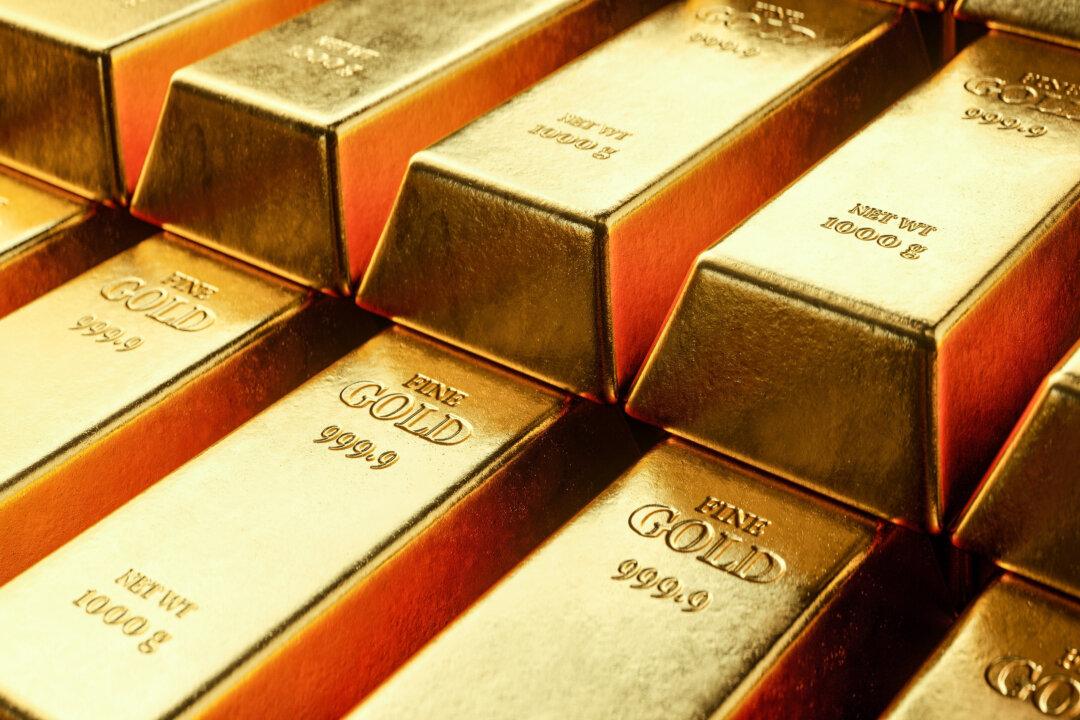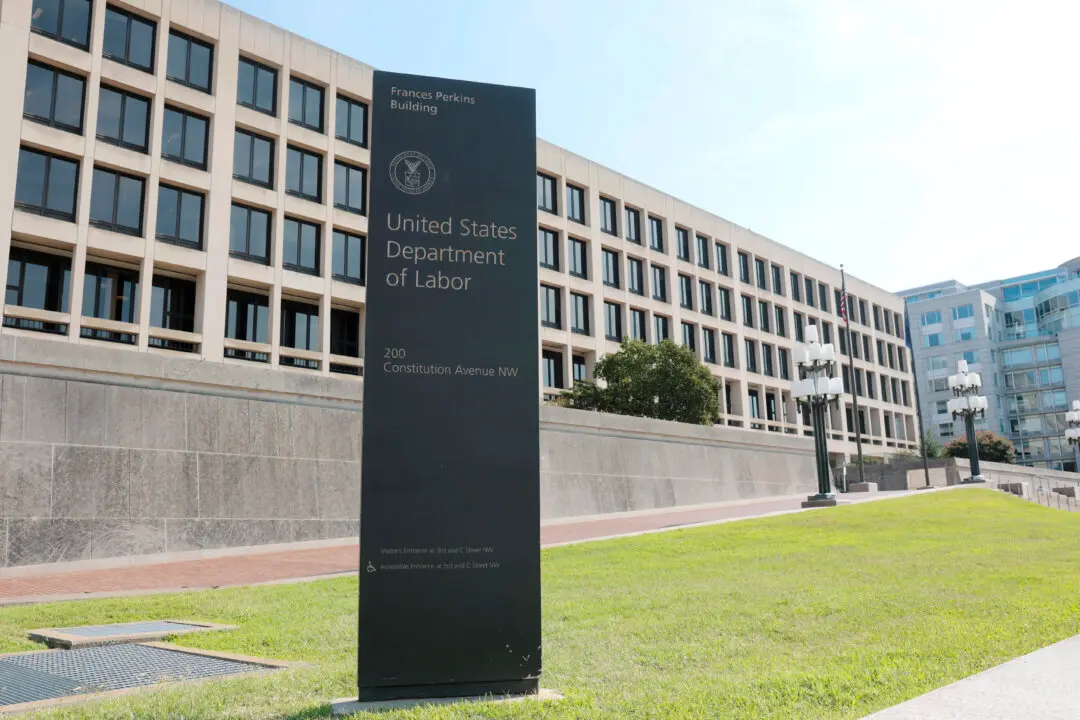Commentary
The price of gold is once again testing its all-time highs as both individuals and institutions flee the chaos of our times toward safety. What John Maynard Keynes decried as the “barbarous relic” just keeps coming back. The worse government policies become and the more deranged and dysfunctional the Federal Reserve is revealed to be, the more people are turning to time-tested monetary truth.





